Originally posted by 428street
View Post
And not ALL the same plug # WILL be the same gap. Handling shipping, etc, can throw off a gap(ie some one drops a box, etc).
I would gap per Yamaha spec's but its apparent there's a typo in your manual.
As noted above, you shouldn't change the gap of the new plug more than .008" . Thus, the new plug should be pretty close if not on, right out of the box.
You also want to gap on the tight side (if need be). As the plug wears, the gap gets wider.
IME, I've found a "wire" spark plug gauge is a bit safer checking gaps, especially Iridium (precious metals easily damaged) plugs..
To eliminate and clarify for yourself, call NGK tech directly and speak with the tech department (I have previously). They can answer any questions W/O simply reading what the "internet says"...



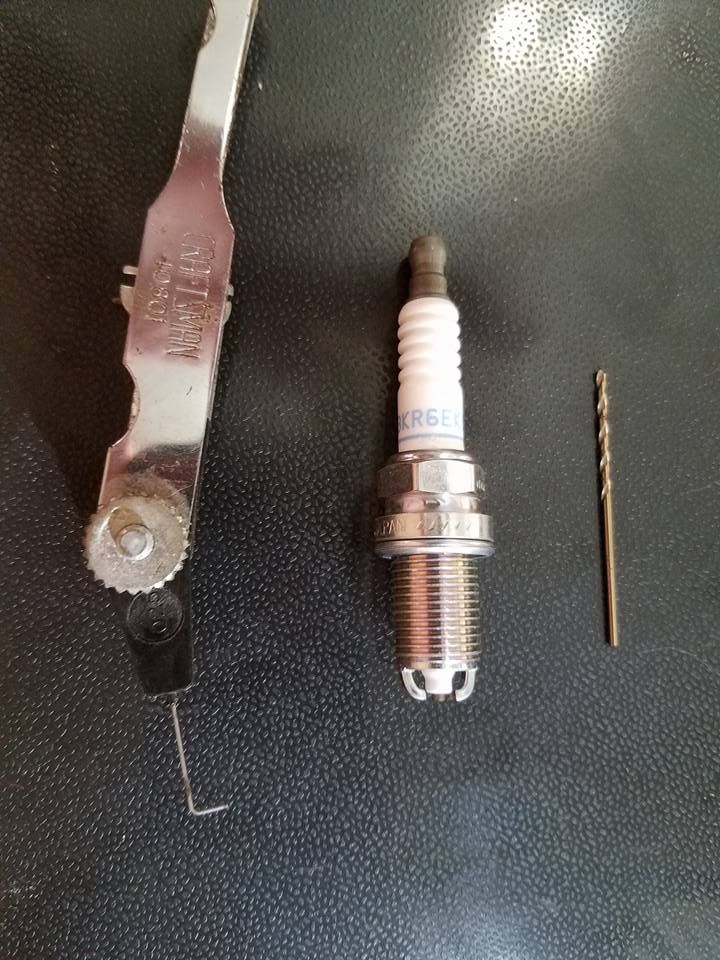
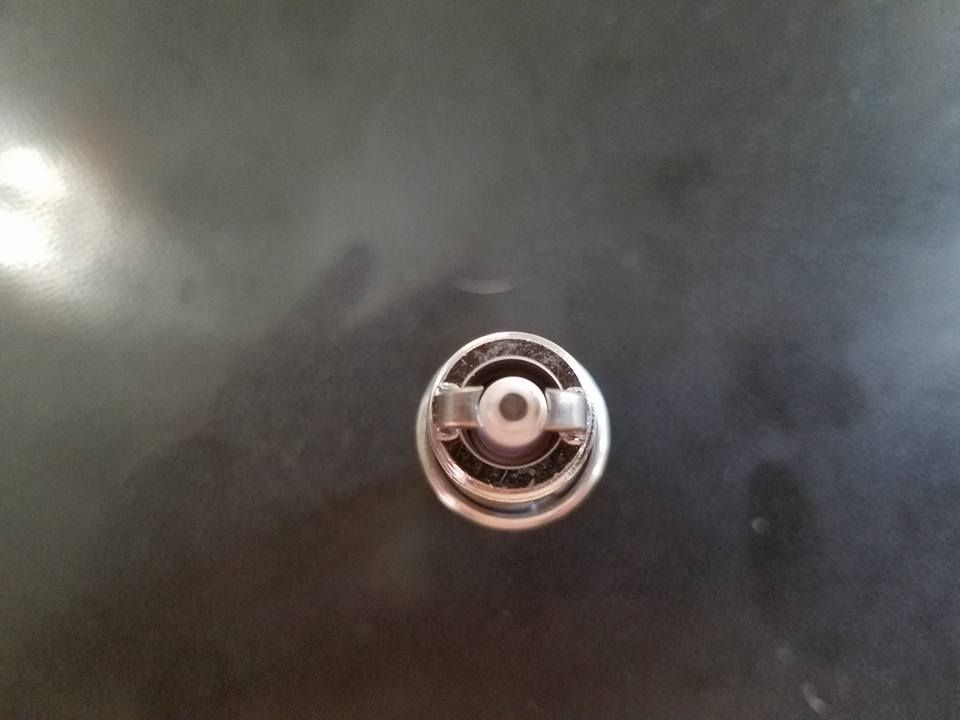
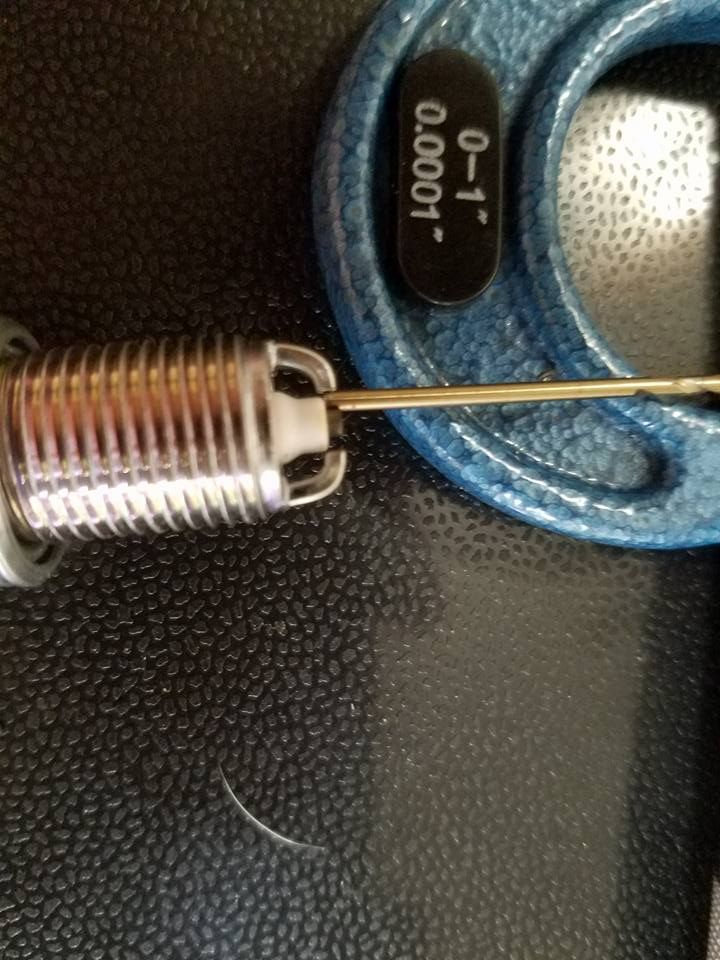
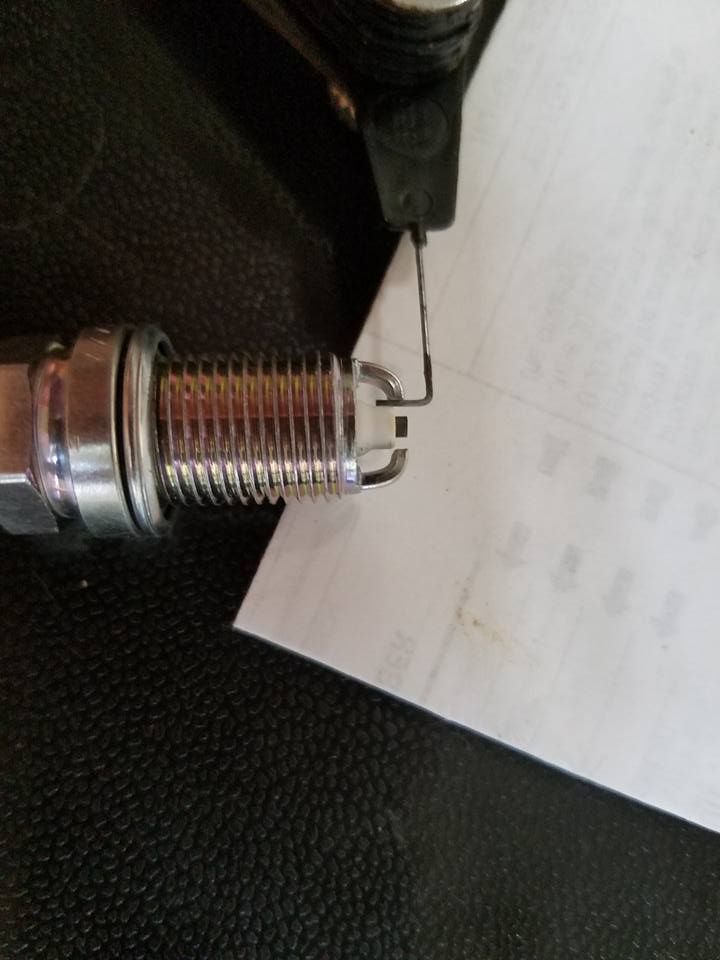

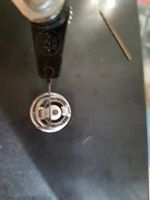
Comment